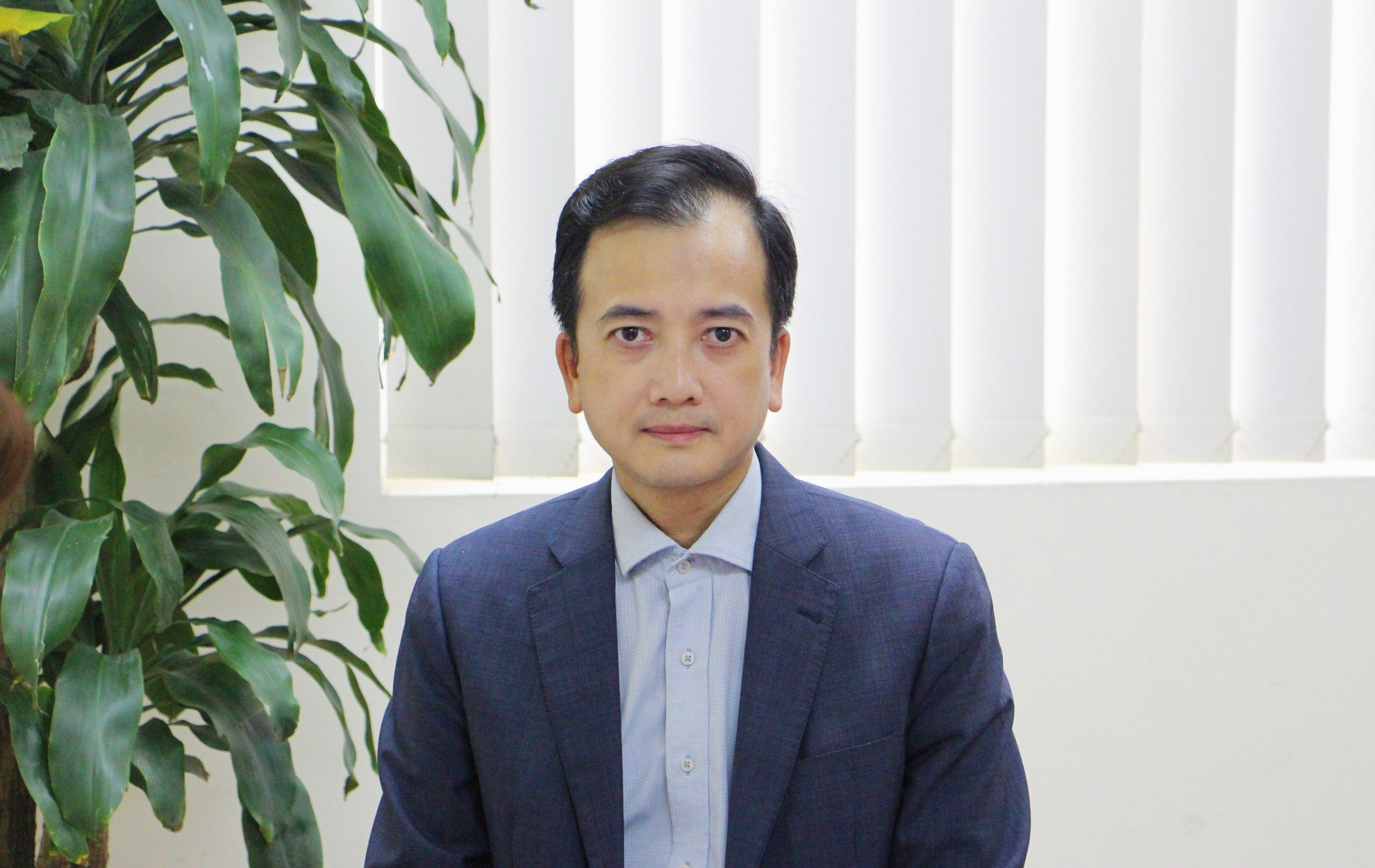Monday, 05/01/2026 | 23:42 GMT+7
Energy efficiency (EE) is a practical measure that helps increase economic efficiency, preserve national energy resources and the environment, and reduce greenhouse gas emissions. EE significantly contributes to climate change adaptation at both national and global levels.
However, while many enterprises have taken EE actions, several do not pay attention to EE’s benefits for their own business, which leads to perfunctory action and the least result. Explaining this circumstance, Mr. Trịnh Quốc Vũ shared some opinions:

Mr. Trịnh Quốc Vũ, Deputy Director of Department of Energy Efficiency and Sustainable Development
How vital is EE’s role in today’s context?
Mr. Trịnh Quốc Vũ:
EE is considered one of the main pillars to ensure national energy security. Very soon, the Party and the Government determined its key role by promulgating EE-related legal framework. Precisely, the Law on economical and efficient use of energy was promulgated in 2010 and officially took effect in 2011. There is also a system of under-law documents, such as the Prime Minister’s Directives, Ministries’ Circulars including the MOIT. They were developed and promulgated synchronously and timely in order to promote EE use in all areas of social life. Besides, the Government has approved and organized several targeted national programs and EE programs since 2006 until now.
How synchronous has the EE-related legal framework proven?
Mr. Trịnh Quốc Vũ:
According to the Law on economical and efficient use of energy, enterprises are responsible for EE implementation, especially focusing on the role of key energy use facilities and big companies. Companies in industry, agriculture and transportation field consuming more than 1,000 TOE equivalent per year and constructions used for office, housing, education, hospital, entertaining, etc. consuming more than 500 TOE equivalent per year are considered key energy use facilities.
They have to boost EE measures in every manufacturing and operating activity. Precisely, they have to build and maintain energy management activity, report energy audits to their governing authorities every five years and apply EE methods suggested in the report.
Since 2014, MOIT has developed and promulgated Circulars on energy consumption benchmarks for seven key energy-use industrial sectors, including chemicals, steel, alcohol and beverage, plastic, paper, seafood processing, and sugarcane production.
In the coming time, MOIT will continue to review and adjust those sectors’ energy consumption benchmarks to be more adaptive to each sector’s development situation. At the same time, we will review to develop and strengthen the system of regulations on energy use benchmark for other sectors with potential for EE.
What do you think about awareness of EE and the reality of EE implementation?
Mr. Trịnh Quốc Vũ:
Through our inspection and assessment, we found that awareness of complying with EE regulations has raised significantly among enterprises in particular and in the community in general. According to MOIT’s surveys, over 90% of responders have acquired knowledge about EE benefits as well as EE measures. Many enterprises have paid attention and invested in EE technologies to manufacture high-energy performance products.
However, they make up a small percentage. Actually, results from EE activities are still quite limited. Although most enterprises are aware of the role of EE, they hesitate to take action. Many enterprises just do it perfunctorily and do not seriously consider what benefits EE could bring their business. Hence, the results fall behind the potential of 20-30% approximately.
So, we still have lots of work to do.
Could you share more details about measures that MOIT will implement in the coming time?
Mr. Trịnh Quốc Vũ:
In the coming time, MOIT will focus on the following:
Measure 1: Review, develop and complete an energy-efficiency-related framework on economical and efficient use of energy. Specially reviewing and proposing recommendations to amend the Law on economical and efficient use of energy.
Measure 2: Improve communication to familiarize enterprises and communities with EE regulations nationwide. Collaborating with Departure of Industry and Trade in localities to boost inspection and assessment on complying with the Law.
Measure 3: Implement training, and workshops on capacity building for staff of local authorities and energy managers of key energy-use facilities through the Energy Efficiency National Program’s resources. Besides, we will implement specialized training on energy management and EE technologies to help enterprises implement their EE initiatives and solutions, then improve EE results.
Measure 4: propose recommendations to the Central Government to develop and implement incentive schemes to improve enterprises’ accessibility to preferential financial mechanisms, which would boost their financial capacity in order to invest in EE technologies, replacing old machines and lines with higher energy performance technology.
With the governing agencies’ active role and, especially, the efforts and awareness of the enterprises, we believe that EE will be boosted in Vietnamese industries in the coming time.
Tố Quyên edited. Giang Nguyễn translated.








 Webinar 2: “Financial Support for Energy Efficiency Enterprises – Opportunities and Challenges”
Webinar 2: “Financial Support for Energy Efficiency Enterprises – Opportunities and Challenges”
 Vietnamese enterprises achieve green growth and cut costs through energy efficiency
Vietnamese enterprises achieve green growth and cut costs through energy efficiency
 Capacity Building for Program Implementing Entity
Capacity Building for Program Implementing Entity
 Enhance Energy Efficiency Knowledge for Managers of Cement Industrial Enterprises
Enhance Energy Efficiency Knowledge for Managers of Cement Industrial Enterprises
 Capacity building for participating financial institutions in Ho Chi Minh City
Capacity building for participating financial institutions in Ho Chi Minh City
 Strengthening capacity for energy management officers of local government agencies
Strengthening capacity for energy management officers of local government agencies
 Steel Enterprises Saving Energy and Enhancing Competitiveness
Steel Enterprises Saving Energy and Enhancing Competitiveness